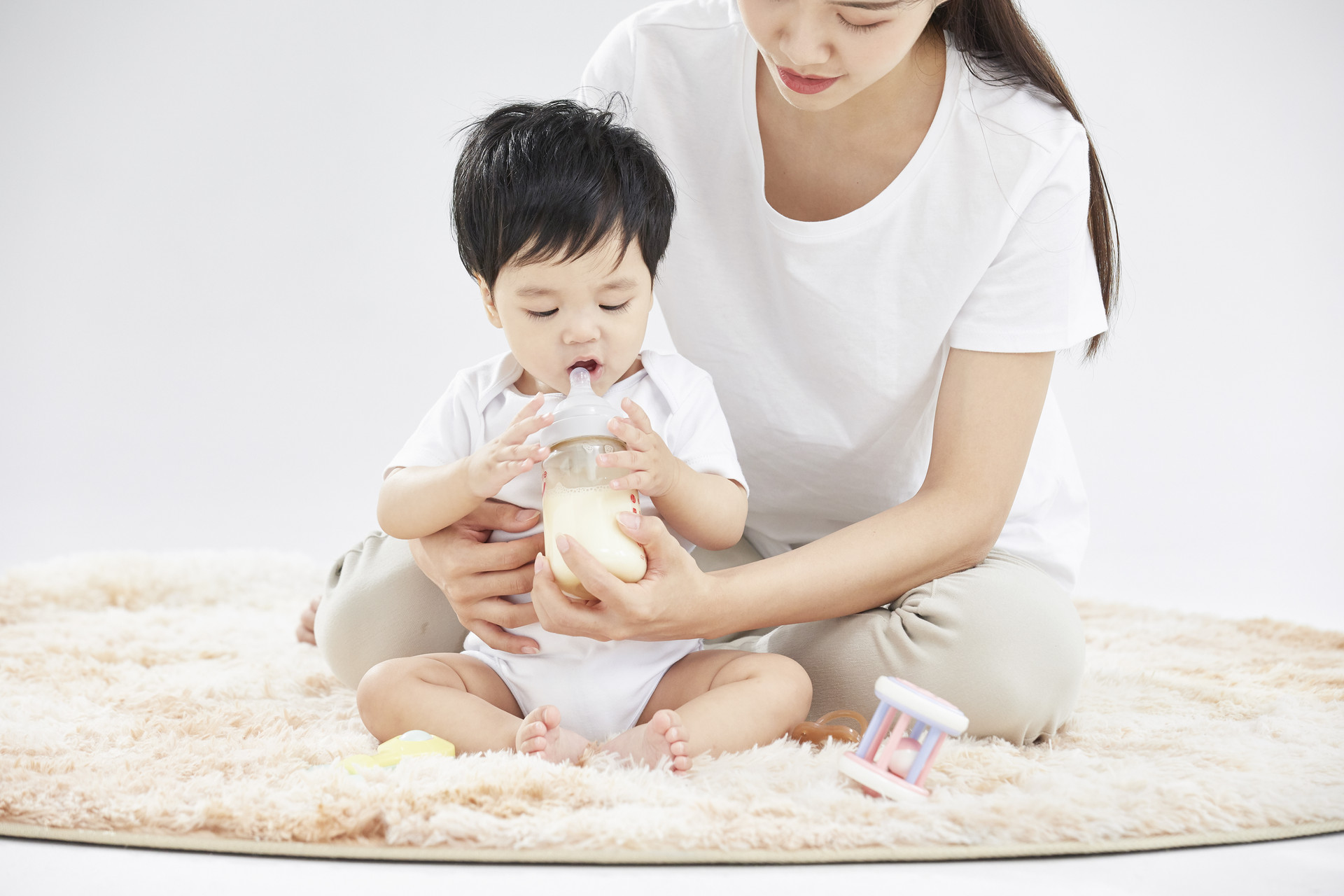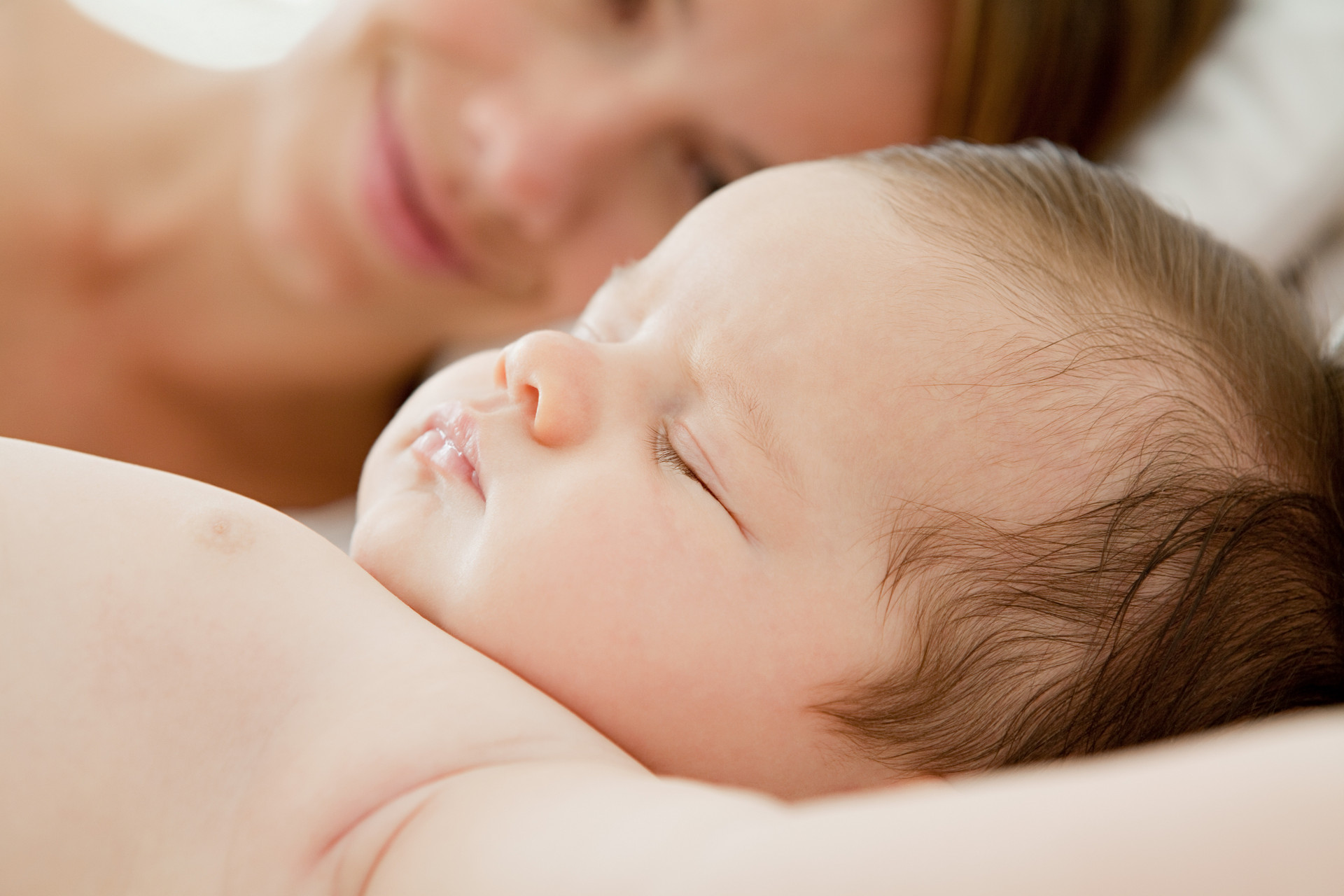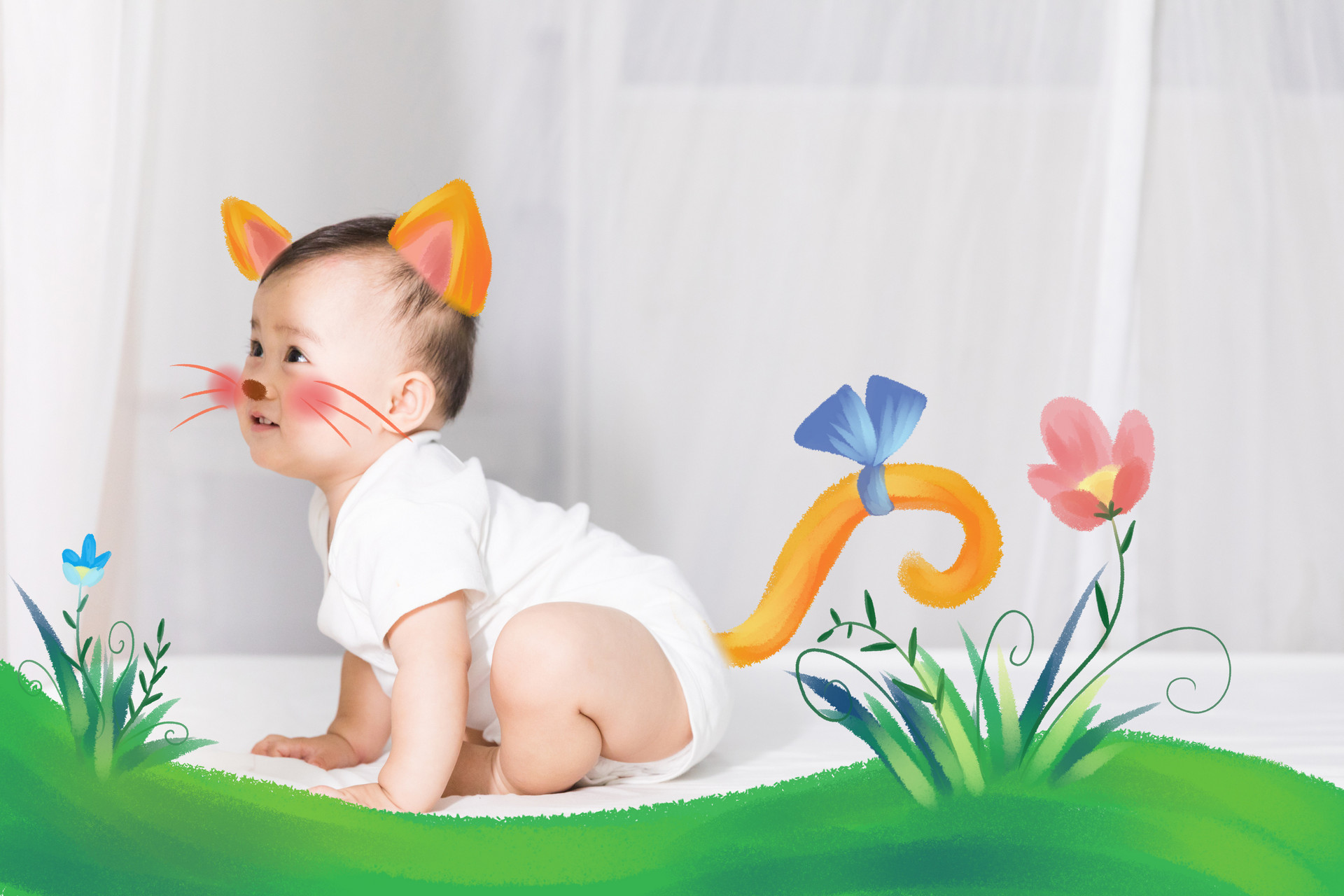Spring is a high incidence period for various diseases. It is important to take preventive measures. For babies, it is important to prevent colds in spring. So how to prevent them? Let's take a look at three aspects together with the editor!
Preventing Baby's Cold in Spring
1. Regularly open windows for ventilation indoors
The room must be ventilated every day to keep the air flowing. Open the windows for ventilation at least twice a day, with each ventilation lasting for at least half an hour.
Natural ventilation through open windows can effectively reduce the number of microorganisms in the indoor air and improve the indoor air quality.
2. Develop good hygiene habits
The baby's immune system is much weaker than that of adults. Do not sneeze or cough towards the baby, use a tissue to cover it.
Change and wash clothes frequently. Avoid spitting on the ground. Personal items should not be shared, especially with other people.
Baby's toys and utensils should be regularly cleaned and disinfected. Sun exposure is the easiest way to disinfect, and items that can withstand high temperatures can also be boiled in hot water for 10 minutes to disinfect.
3. Engage in outdoor activities
Engage in outdoor activities and exercise more. Avoid crowded public places, especially poorly ventilated underground shopping malls and amusement parks.
Take the baby out for a walk and let them enjoy the sun. The wind can help the baby experience the seasonal features of nature and enhance their ability to adapt to natural temperatures.
Methods to Reduce Fever and Cold in Children
1. Drink plenty of water
Give the child plenty of water to replenish body fluids. This is the most basic and effective method of reducing temperature and is suitable for all febrile babies.
2. Wipe the body with warm water
Wiping the body with warm water is a good method of reducing temperature and is suitable for children of all ages. The water temperature should be 3-4°C lower than the child's body temperature.
Each wiping session should last for 10-15 minutes. The key areas to focus on are the neck, armpits, elbows, and groin where the major blood vessels are located.
For high fever or older children, they can take a warm bath, but the duration should not be too long to avoid further chilling.
3. Lower the room temperature
To reduce fever, the child needs to exchange heat with the surroundings. The lower the room temperature, the more conducive it is to reducing fever. The ideal room temperature is 25°C-27°C (adjustable depending on the season), which helps the body temperature gradually decrease.
4. Use fever patches
Fever patches have a small area and limited fever-reducing effect. They may provide some comfort for children with high fever, but they are only auxiliary measures.
Ice packs may cause constriction of the child's skin blood vessels, impeding heat dissipation, especially for children who experience chills and shivers, ice packs should not be used.











